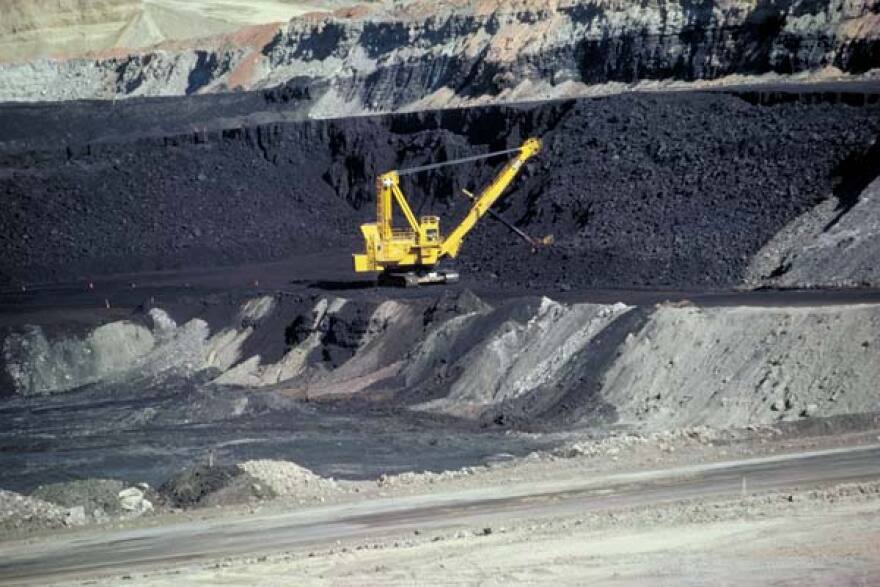News reports are saying that President Obama’s Clean Power Plan has set new targets for Montana that are twice as large as those floated last year in a draft of the plan. But the head of Montana’s Department of Environmental Quality, Tom Livers, says it’s still unclear to him what exactly the new thresholds are.
"This rule is over 1,500 pages, and we really just saw it, so we’ve got a lot of digging to do," Livers says.
The draft of the rule released last year set a target for Montana to reduce its overall carbon dioxide emissions by 21 percent. The worst case scenario for the state under the new rule would more than double that target, but Livers says his department is still trying to work out exactly what the new target is.
"It could be anywhere between about a 32-33 percent to as high as 47 percent."
The challenge, Livers says, is that the new Clean Power Plan appears to have changed several different variables in how Montana’s CO2 emissions are calculated, including its baseline level of pollution, and how much credit it gets from sources of non-polluting renewable energy in the state.
"There are a lot of moving parts in the rule, and a most of those are interdependent. If this had looked more like the draft plan we would have thought we could have gotten through it fairly expeditiously. It looks like there are enough changes that I think we’re going to be learning stuff for quite a while. I don’t know if we’ll have all the answers nearly as early as we’d hoped.
Even though the state hasn’t worked out its specific target for reducing carbon dioxide emissions yet, Governor Bullock has said he’s, quote, "extremely disappointed" that the Obama administration, in his words, "moved the goal post" for Montana.
But Anne Hedges, with the Montana Environmental Information Center says in her eyes it makes sense for Montana to reduce emissions more than the 21 percent called for in the draft plan last year.
"Montana had the second weakest carbon pollution reduction target in the nation," Hedges says. "Many, many states had much more stringent reduction requirements. Montana still has, according to EPA, one of the least stringent state goals in the country."
Hedges says that the previous, lower target issued last year was misportrayed as difficult to meet.
"It’s easy to argue, though, that we were already doing so. We have tremendous renewable and clean energy resources available to us that have been implemented for the last decade, and if we continue on that path we can meet this higher target, and we can benefit jobs and reduce rates that people pay to the utilities."
Because no one knows yet how exactly Montana might be able to meet the new carbon emission goals in the President’s plan, no one knows exactly how much they’ll impact Montanans’ utility bills. But opponents of the plan are predicting big energy price increases.
On Monday, Representative Ryan Zinke issued a press release citing a report that says Montana households will face almost $500 a year in higher energy costs under the plan. The report Zinke cited was commissioned by Peabody, the country’s largest coal mining company, and a disclaimer in the report says those who wrote it don’t vouch for its method or fitness for a particular purpose.



